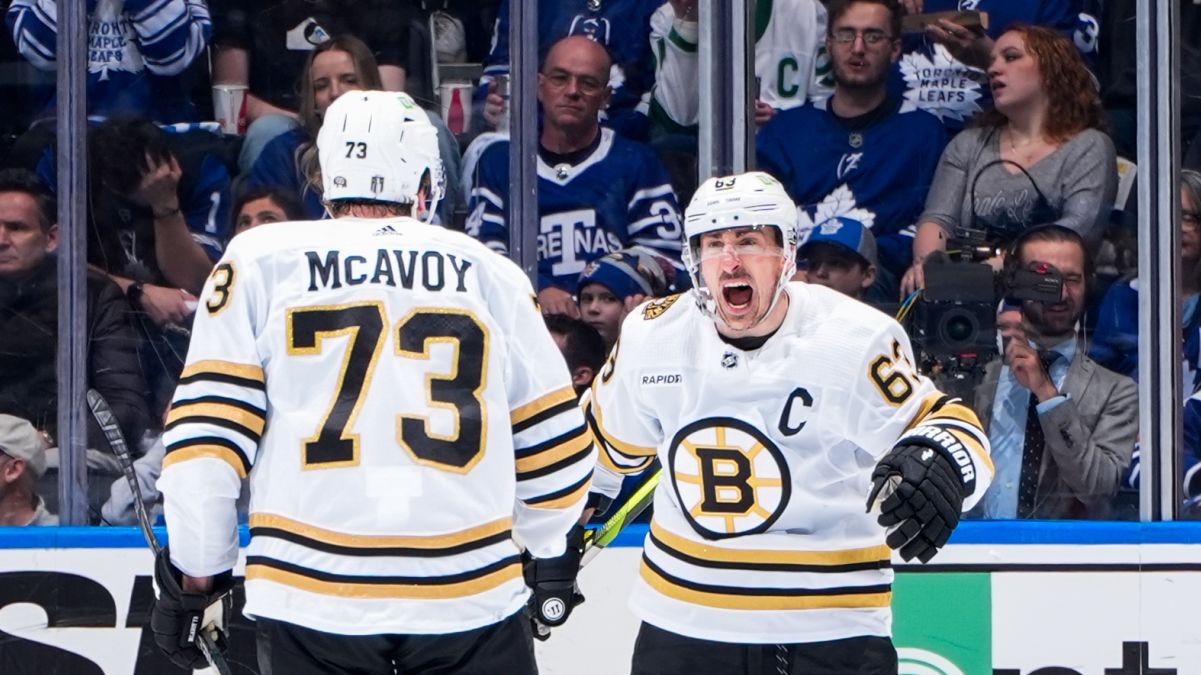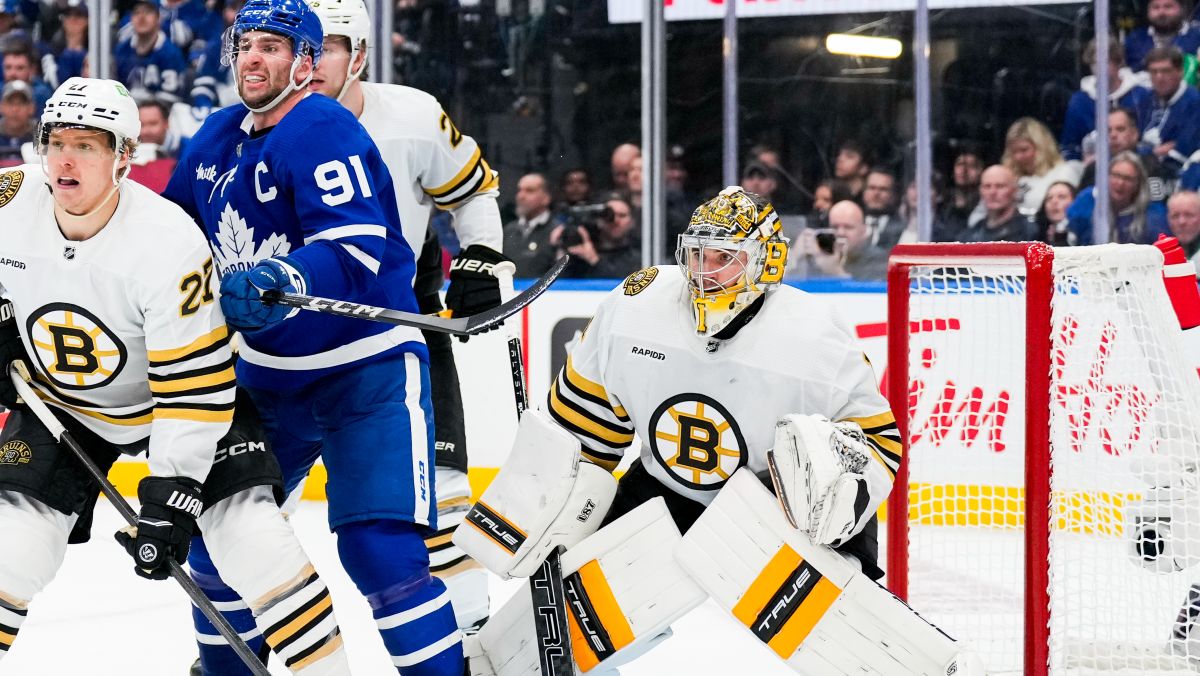After struggling to fight their way to the opponent’s net for the third straight postseason while falling short of their ultimate goal, it would seem the B’s have finally targeted a clear weakness on their roster.
Obviously, the Bruins have the top-level scoring power with the Perfection Line, their special teams are, well, special at both ends of the ice and their goaltending duo won the Jennings Trophy last season.
But while the B’s team defense was fairly strong last season during even strength play, the lack of size and physicality at both ends of the ice materializes into a glaring issue for the Black and Gold once they meet bigger, tougher hockey clubs in the playoffs. It happened a couple of years ago when they lost in five games to the Lightning and couldn’t fight their way through their big, tall defensemen group, and it clearly played out in last year’s Stanley Cup Final when the St. Louis Blues pushed them all over the ice.
Stay in the game with the latest updates on your beloved Boston sports teams! Sign up here for our All Access Daily newsletter.
Once again it was an issue vs. the Lightning last month when their big D-men pushed the Bruins forwards far away from the net, and Boston’s scattershot players averaged a whopping 14.6 missed shots per game.
Haggerty: Don't be surprised if Chara's role changes next season
That indicates a team settling for perimeter shots and failing to get things a little closer to the action around the cage.
“The Carolina series, that was very fast skating, game in and game out. Every shift, it was a quick hockey game. I thought we did okay with that. Then we got to Tampa, which is a very, very strong hockey club. I just look at the size of their D and for us to try and get inside the dots was a little more challenging,” said Bruins president Cam Neely. “We refused to shoot the puck -- and when we did shoot the puck, we missed the net. We made it a little bit easier on their D than what we could have. Having said that, we have to get inside the dots more than we did that last series [against the Lightning.]”
Boston Bruins
Ultimately for the Bruins, it was the same kind of lament they had in losing to the very same Lightning club a couple of years ago
Unfortunately, there were also instances where Tampa’s physical forward group maximized mismatches when undersized Bruins defensemen like Torey Krug and Matt Grzelcyk were on the ice. Just watch the losing play in Game 5 that ended Boston’s season against Tampa Bay: Krug was beaten to the puck by a fore-checking Tampa Bay forward behind the Boston net, and then the small-sized D-man was manhandled by the massive Pat Maroon in front of Jaroslav Halak as Victor Hedman snapped in the double-overtime game-winner.
The lack of size and physicality is clearly a big part of Boston’s issues generating offense at even strength, and it’s something the Bruins tried to address when they traded for Nick Ritchie at the trade deadline. It was going to be difficult to see Ritchie make an impact once the regular season ended so abruptly after he arrived in Boston, and the Return to Play didn’t exactly make it easy for a new arrival to connect with a well-established Bruins group.
Now the Bruins start from scratch when it comes to getting bigger, stronger and more physical while trying to protect the good things from last season’s Presidents' Trophy-winning group. It won’t be easy, but the Bruins might already have one of the answers in 22-year-old Trent Frederic, who racked up 148 penalty minutes and played a thumping style in Providence last season while playing a Black Ace during the B’s postseason experience this summer.
Haggerty: Sweeney knows B's need to make changes next season
It would seem wiser for an NHL club to develop their own big, strong and menacing power forward as the Bruins did 13 years ago with Milan Lucic, rather than trading or signing a player who's older, not the perfect fit or already worn down from playing hard NHL minutes. That guy right now should be Frederic, or it could be somebody else if the Bruins start making big, physical players a little more of a priority at the NHL Draft like the Washington Capitals did when they drafted Tom Wilson with a first-round pick in 2012.
The bottom line, though, is that Neely doesn’t see enough Neely-types on the Bruins roster right now with the understanding those players are few and far between in today’s NHL.
“I think we know we have to look at [size and physicality] to be honest with you. I think internally we have to see if someone can make the next step like a Frederic for example, if he can play on a regular basis in our lineup,” said Neely. “[Nick] Ritchie, I think, was the add that we thought was going to be helpful in the forward group that added some size, but unfortunately we didn't really get as many reps with him as we would have liked. It's something we're certainly talking about since we've left the bubble of what does our roster makeup need to look like moving forward.”
All the talk about size and physicality up and down Boston’s roster may also be part of the thinking when it comes to Torey Krug and unrestricted free agency. Perhaps investing in a bigger, skilled D-man who can be more of a physical factor in all situations might be a wise move considering the $7-8 million price tag per season Krug will command on the open market?
The bottom line is that the Bruins have veered a little too far astray from their traditional Big, Bad Bruins style of play over the last few years, and some changes may be coming that push them back in that familiar direction.


